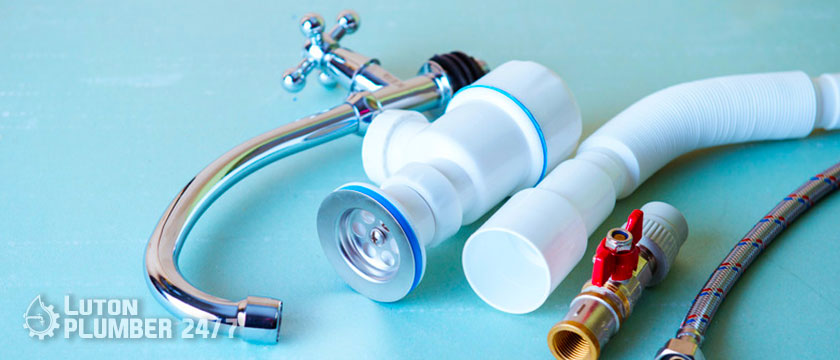
19 Jan. 22
How to Replace a Toilet Seat the Quick and Easy Way
Although a porcelain throne can last at least 15 years, the seat that goes with it usually does not. The average toilet seat lasts only 5 to 7 years before it cracks, starts shifting noticeably (and uncomfortably) when you sit on it, or becomes permanently stained. Because of the difference in lifespan between the toilet and the toilet seat, you will need to replace the toilet seat at some point. Fortunately, replacing an old toilet seat is a simple and inexpensive task that only requires a few basic tools that most DIYers already have in their toolbox. This guide will show you how to remove a toilet seat and replace it.
Before You Remove a Toilet Seat
Protect yourself from germs and bacteria by thoroughly cleaning the toilet seat and the rim around it before removing it. After cleaning it, remove the seat by locating the two bolts that hold it to the bowl. Plastic covers are frequently used to conceal them. Remove the covers and look for the nuts on the underside of the bowl. These nuts are typically made of plastic and are easily removed by hand. If the hardware is made of metal, remove it with an adjustable wrench or a socket wrench.
Examine Your Toilet Seat
Because toilets are available in three different shapes—elongated, compact elongated, and round—you’ll need to measure the bowl to ensure you get the correct toilet seat. To begin, measure the distance between the two bolts at the back of the seat. The standard width is 5-1/2 inches, but this can vary depending on the toilet. Next, determine the seat’s width at its widest point. Finally, measure the seat’s length at its widest point (from the center point between the two bolts to the outermost lip).
If you have a standard toilet, a round bowl should be about 16-1/2 inches long, while elongated bowls should be about 18 inches long. A compact elongated seat will fit in the middle. Once you have the measurements, you can go shopping for the correct seat size.
If you want to avoid taking measurements and don’t mind getting a few strange looks, you can take the old seat with you to the home improvement store to find a matching replacement. Just make sure it’s clean first.
Select a New Toilet Seat
Toilet seat design has seen a surge of innovation in recent years, despite being far from cutting-edge. So, if you’re looking to replace a toilet seat, especially if it’s been a while since you last shopped at your local home improvement store, look for the following key features:
Quiet conclusion: The days of toilet seats banging shut are long gone. You can now choose a product with hinges that allow the seat down gently.
Molded bumpers: What is the straightforward advantage of molded-in-place bumpers? They protect the toilet from damage, increase seat stability, and reduce noise when closing the toilet lid.
Toilet seats are now available in a variety of colors. Bemis, for example, provides a color selector tool to help homeowners navigate the field of available options.
Cleaning: The easier it is to remove the seat for cleaning, the better. Look for a product that can be removed with only a screwdriver. There are also quick-release seats, which allow for simple, tool-free removal to clean the seat and the area around the hinges.
Choose a toilet seat with stainless steel or zinc-plated hinge posts that will not snap or corrode while holding the toilet seat in place. The most common type of seat is made of plastic. Wood is more comfortable, but plastic is more durable and easier to clean.
For children, there are “trainer” models with built-in removable potty seats; for seniors, some toilet seat models have side arms with slip-resistant grips.
Comfort: If the thought of sitting on an ice-cold toilet seat in the winter makes you cringe, consider upgrading to a heated toilet seat.
Considerations for Safety
There are no significant safety risks associated with replacing a toilet seat; however, as previously stated, it’s a good idea to clean the toilet thoroughly before beginning the job. To protect your hands from germs and bacteria, consider wearing nitrile gloves. To get in touch with drain unblocker luton visit contact us page.


